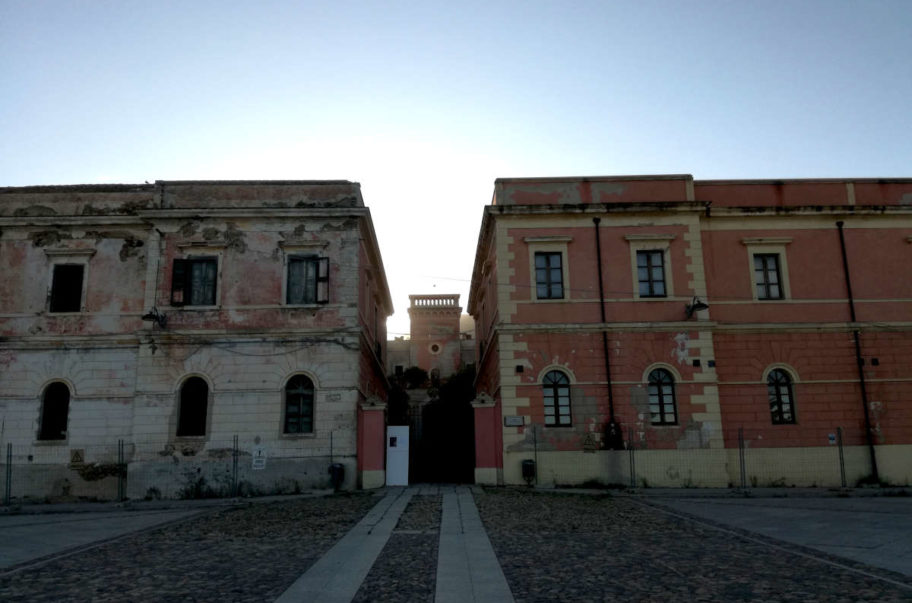Corpo Pagina
The territory of Castiadas, municipality of Sarrabus region, has been inhabited since the Neolithic.
In the northern part of the municipal territory there is the megalithic complex of Cuili Piras, in which the remains of funerary structures alternate with groups of menhirs, 53 in total, mostly fixed into the ground.
Several nuraghes are found in the area, but the most important is the nuraghe of S’Omu ‘e S’Orcu, a complex building with three towers around the central one, surrounded by a curtain wall of which five towers remain.
Several wrecks have been found near the coast: among them certainly stands out the Roman ship sunk in the 1st century AD about a mile from the beach of Cala Sinzias. Underwater investigations recovered the load consisting of clay materials – e.g. roof tiles, also with raised edges, small support bases – which would have been used to create the roof of one or more buildings.
The exceptional nature of Cala Sinzias discovery is due to the presence of a palmette-moulded decoration on the short side of part of the roof tiles, which gives them particular value and makes them unique in the Mediterranean. In addition to the tiles, large fragments of a particular type of amphora with a wide mouth and cylindrical body were collected in the wreck: they were perhaps intended for the transport of fruit. Their presence allows us to hypothesize that the cargo came from a city in Campania.
In the image the buildings of the former Penal Colony.

